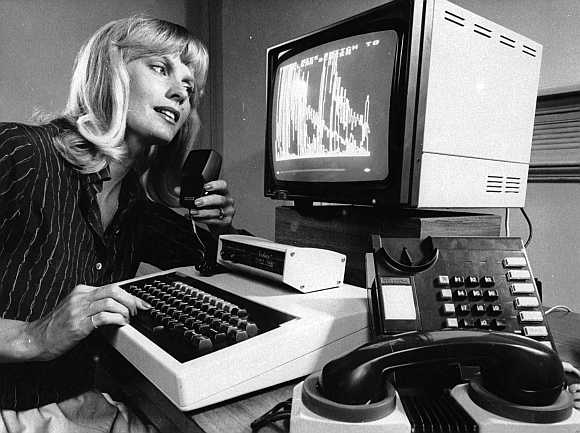It’s not surprise, I suppose, that top tech companies have economics departments of their own, hoping to carve behavioral patterns into data mountains. From a Bloomberg article by Aki Ito about Silicon Valley competing with academia, government and Wall Street for newly minted PhDs:
“It’s this real-world impact that drew economist Michael Bailey to Menlo Park, California-based Facebook in 2012. Managers across the social-networking company come to his team of data scientists with various problems, and Bailey’s group runs experiments to find solutions.
Their goal is to have the findings be used to make the social-networking site a better platform for both advertisers and the now more than 1 billion users worldwide, he said.
Bailey said he didn’t even consider a career outside academia until Facebook asked him to join full-time after a stint there as a research intern. Even then, he was unsure: the point of enduring five grueling years of graduate school was to become a professor. Only after he returned to Stanford to complete his dissertation did he realize life in Silicon Valley was the better choice for him.
‘The pace is just so much faster here and I’m much happier solving a lot of different problems than focusing on one problem for seven years,’ said Bailey, 30.
Besides, he says, ‘the data’s just so awesome. It’s an economist’s dream.’
The rise of the Internet company economist can be traced to Hal Varian, who started consulting with Google in 2002 as a UC Berkeley professor. He became the company’s chief economist in 2007 and has helped hone the design of the company’s search advertising auctions, central to the $50 billion business.
Other experts in microeconomics have since made similar moves. Preston McAfee joined Yahoo! Inc.’s research arm in 2007 and left for Google in 2012. Susan Athey, then a professor at Harvard and now at Stanford, started consulting for Microsoft in 2007. Patrick Bajari has led Amazon’s team of economists since 2010.”
Tags: Aki Ito, Michael Bailey

